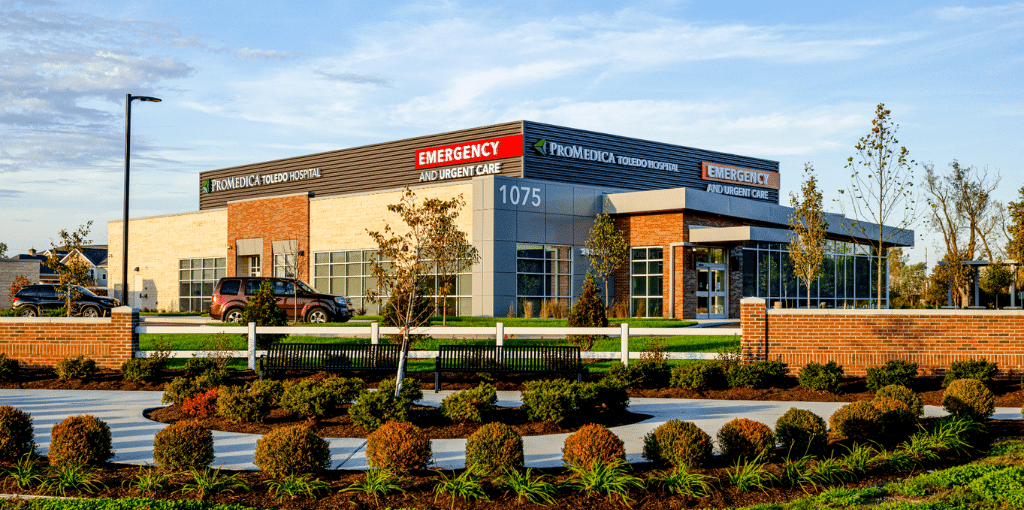How To Treat a Hernia
- Category: Blog
- Posted On:

Hernia operations are the most common general surgery in the United States. More than 1 million people undergo hernia repairs in the country yearly.
What is a hernia?
A hernia is a bulge on the abdomen or lower part of the body. It happens because there is a weak spot in the muscles holding the organs. There are different types of hernias, primarily based on the location.
- An inguinal hernia is most common in men. It happens when part of the bowel pushes through the abdominal wall resulting in a bulge in the groin area.
- A hiatus or hiatal hernia is when part of the stomach pushes upwards to the chest and diaphragm.
- A femoral hernia is when part of the abdominal tissue pushes the wall near the leg joints. It is more common with women.
- An incisional hernia is when the bulge happens because of a weak spot after a surgical procedure.
- An umbilical hernia is a lump forming near the belly button. It is more common with newborns.
- An epigastric hernia happens when the abdominal fat pushes through between the rib cage and the belly button.
Symptoms of a Hernia
The symptoms of a hernia depend on the type you are experiencing. The primary symptom is a bulge or lump on your abdomen or groin. You may also experience the following symptoms:
- Pain or burning sensation on the affected area, especially when coughing.
- A tugging feeling on the bulge or lump.
- Acid reflux.
- Chest or abdomen pain.
- Heartburn.
Many hernias do not hurt. You can even push the bulge back in without feeling pain. However, they can be uncomfortable and they don’t get better on their own.
.png)
Hernia Treatment
The first step to hernia treatment is diagnosing the type. A doctor will examine the affected area and ask the person to perform different things while pressing on the lump.
After the diagnosis, the doctor can prescribe treatment depending on the situation. For inguinal hernias, surgery is the recommended approach.
Hiatus hernia treatment involves taking antacid medication. Symptoms can be relieved by avoiding food and drinks that irritate the stomach. Weight loss is a good approach for it, too.
Incisional and femoral hernias require surgery. Advanced medical techniques, such as laparoscopic surgery and robotic repairs, have made hernia treatment better.
How To Prevent Hernias
Prevention is always better than cure. Some people naturally have weaker abdominal muscles and are prone to developing a hernia. The chances can be reduced by:
- Reducing weight for people who are obese.
- Limiting alcohol and tobacco intake as they can further weaken the wall muscles.
Even if a person has normal muscles, they can develop a hernia if they are not careful. Improper lifting techniques and constant abuse of the body can weaken their muscles and lead to complications.
What happens if I don’t get hernia treatment?
Not getting treatment for a hernia can lead to obstruction. That is when part of the intestine becomes stuck because of the lump. It can cause nausea, vomiting and pain in the stomach and the lump.
Strangulation is another risk. That is when part of the intestine gets trapped and loses blood circulation. When that happens, tissue death is imminent.

Get Fast Help for a Hernia at ProMedica Toledo Hospital Emergency and Urgent Care
Most hernias are not dangerous and don’t cause pain, but that doesn’t mean you should let it be. The body does not have a way to fix hernias on its own. Medical intervention is needed. And if you are experiencing the following symptoms, immediate attention is required:
- Not able to push the lump or bulge back inside.
- The bulge has become purple or dark.
- There is tenderness in the affected area.
- Worsening abdominal pain.
- Bloating.
- Cannot pass wind or bowel movement.
- High fever.
- Nausea and vomiting.
Those are clear signs that something worse is happening and you need immediate medical attention. Visit ProMedica Toledo Hospital Emergency and Urgent Care to have any of these hernia conditions treated right away.
ProMedica Toledo Hospital Emergency and Urgent Care provides patients with quality care and services. Staff are ER-trained to determine patient conditions, and patients only pay for the level of service they receive—either ER or urgent care. The emergency department is open 24/7 and the urgent care clinic is open from 7 a.m. to 9 p.m. daily. You don't need an appointment; all walk-ins are welcome.
ProMedica Toledo Hospital Emergency and Urgent Care is located at 1075 Medical Center Parkway, Maumee, OH 43537.
